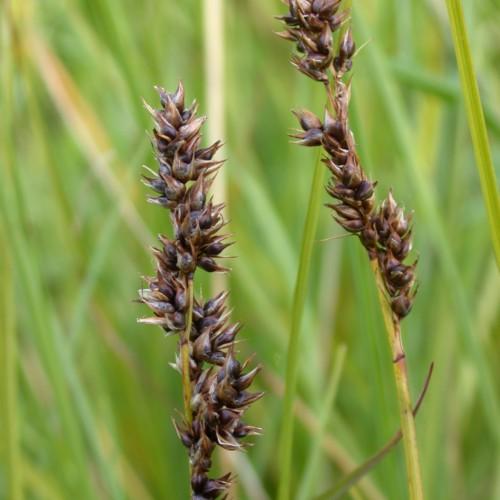
Creeping Sedge
Carex chordorrhiza
Also Known As - Rope Root SedgeWatering:
Frequent
Hardiness Zone:
Flowers:
Flowers
Sun:
Sun, Partial Shade
Leaf:
Yes
Growth Rate:
Low
Drought Tolerant:
Yes
Salt Tolerant:
Yes
Invasive:
Yes
Care Level:
Medium
watering
Creeping Sedge should be watered regularly in order to flourish. The frequency and amount of watering will depend on the climate and season. During dry spells, or hot weather, water it twice a week. In cooler climates, such as in the spring or autumn, water once a week or even every other week may be sufficient. Make sure to water the plant deeply each time, until the water runs through the soil and out of the bottom of the pot. Be careful not to overwater, as this can cause the roots to rot. The amount of water that should be used will vary depending on the size of the plant and the type of pot it is in. For smaller plants in small pots, a cup or 2 of water should be enough to supply the plant every time you water. In larger pots, or for larger plants, use an appropriate size watering can and cover the plant evenly with the water. In general, allow the topsoil of the pot to dry out between waterings and adjust the frequency as needed. Check the soil moisture and, if it feels dry to the touch, then water the Creeping Sedge.
sunlight
Creeping Sedge (Carex chordorrhiza) is best grown in full sun, but will tolerate partial shade with reduced flowering and vigor. Depending on its specific location, the plant will need 4-6 hours of direct sunlight per day for optimal growth. It will also benefit from some light shade during the mid-day hours when temperatures are at their hottest.
pruning
Creeping Sedge (Carex chordorrhiza) should be pruned twice per year; once in the late spring and again in the fall. In the late spring, prune only the dead growth from the previous season down to the ground. In the fall, prune the new growth back to approximately 6 inches above the ground. This will help to encourage the landscape plant to be more dense and to maintain a more natural shape. Pruning may also be necessary for the purpose of removing any damaged or diseased sections of the plant.
